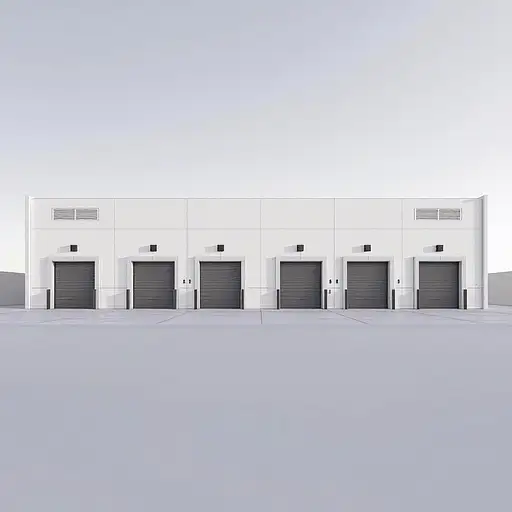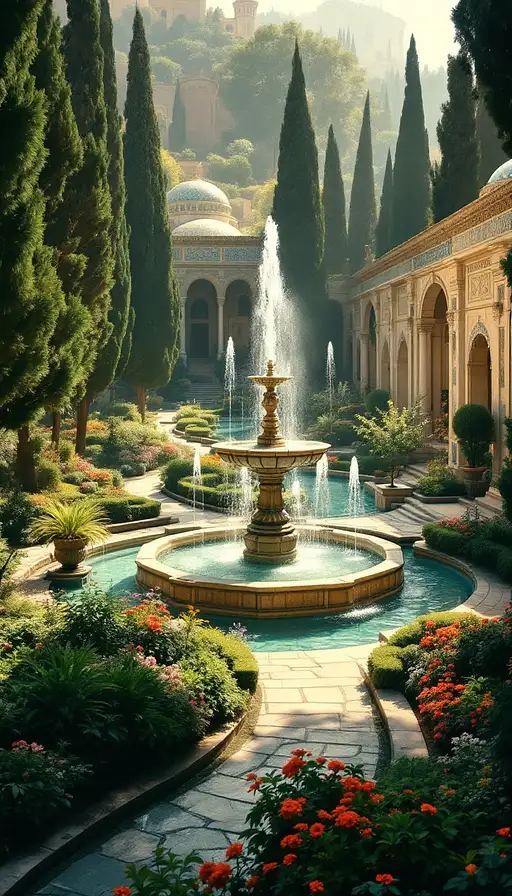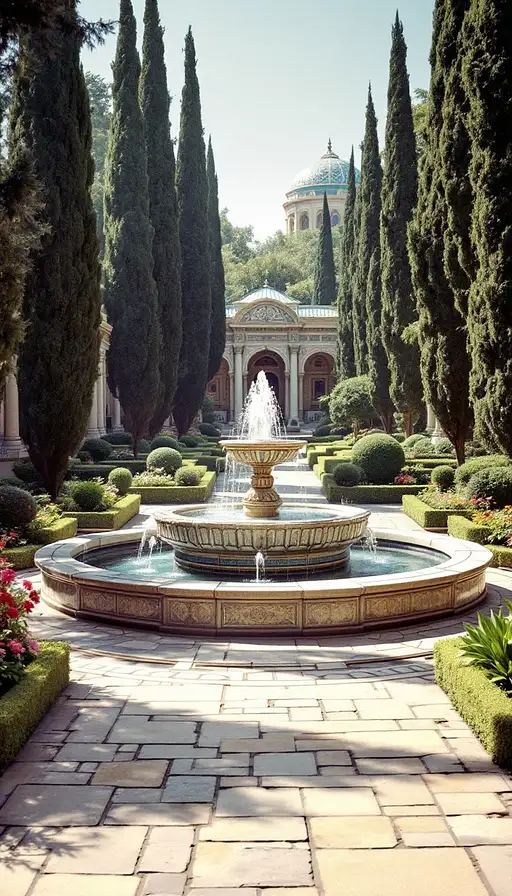
8 months ago
High-definition double exposure artwork with vibrant colors featuring a macro white filigree feather placed on a rustic wooden table surface. Around the feather, there are pine cones, cinnamon sticks, and tiny people walking along a swirling road leading to the Chardham pilgrimage sites – Yamunotri, Gangotri, Kedarnath, and Badrinath. Each location is depicted with detailed temple architecture, snow-capped Himalayan peaks, flowing holy rivers, and pilgrims on their spiritual journey. Inside the feather, there is a cinematic winter shaman-style girl portrait with glowing aurora borealis over arctic landscapes, blending seamlessly with trees, a caravan of deers, wooden houses, and a dynamic play of light and shadows. The artwork is inspired by Kuindzhi and Rockwell with expressive brushstrokes, transparent washes, and a hyperrealistic texture. The outer edge of the feather features the words 'Bhargawa Holidays' in an elegant, vintage-inspired script. The image is captured from a top-angle shot, resembling a professional postcard with ultra-detailed textures, dynamic shadow play, and deep cinematic depth. The Chardham temples are intricately designed, glowing with sacred energy, while the feather’s surface reflects pilgrimage scenes with luminism-inspired lighting and an ethereal, airy mood. Image Settings: Aspect Ratio: 9:16 (vertical format for posters and postcards) Resolution: Ultra HD, hyperrealistic textures with cinematic depth Lighting: Soft and ethereal with dynamic shadows and glowing highlights Focus: Macro close-up on feather, slight blur on wooden background Art Style: Double exposure, hyperrealism, mixed with expressive brushstrokes and luminism Composition: Central feather with Chardham locations inside, "Bhargawa Holidays" text on the outer edge Colors: Rich and vibrant hues with cool arctic blues, warm wood browns, and glowing temple golds Mood: Mystical, spiritual, and cinematic, blending nature and divine essence A masterpiece of surreal storytelling, combining pilgrimage, nature, and artistic brilliance through a double exposure cinematic style.









